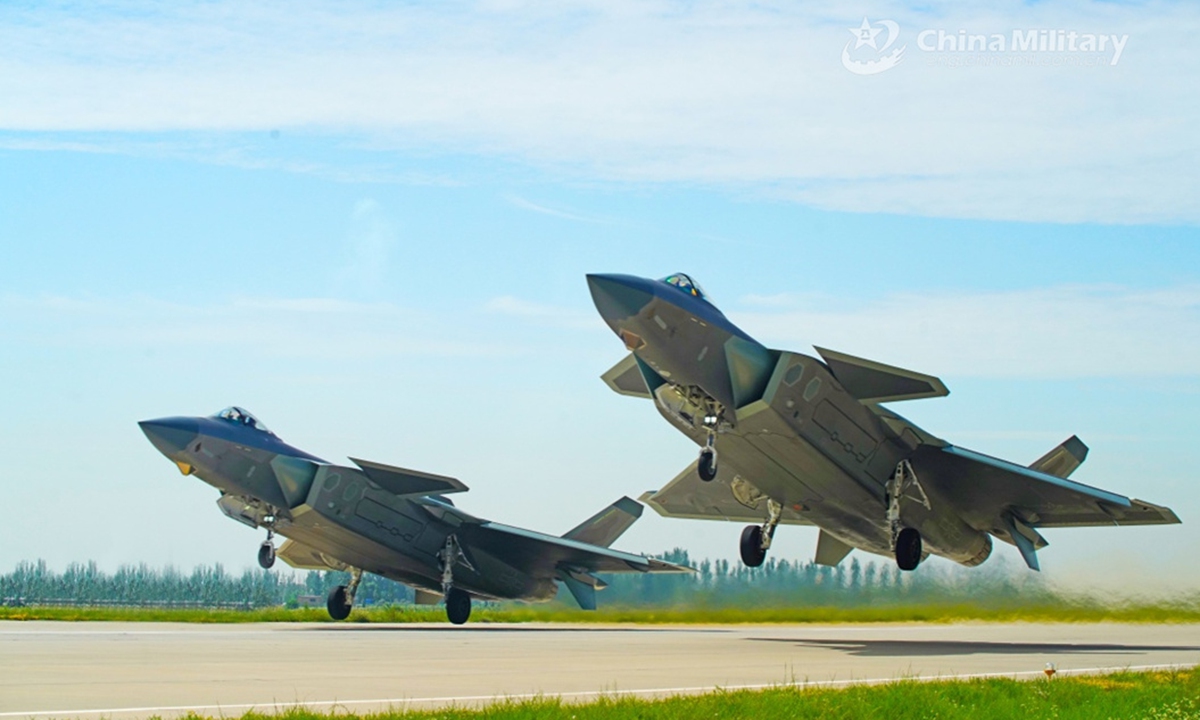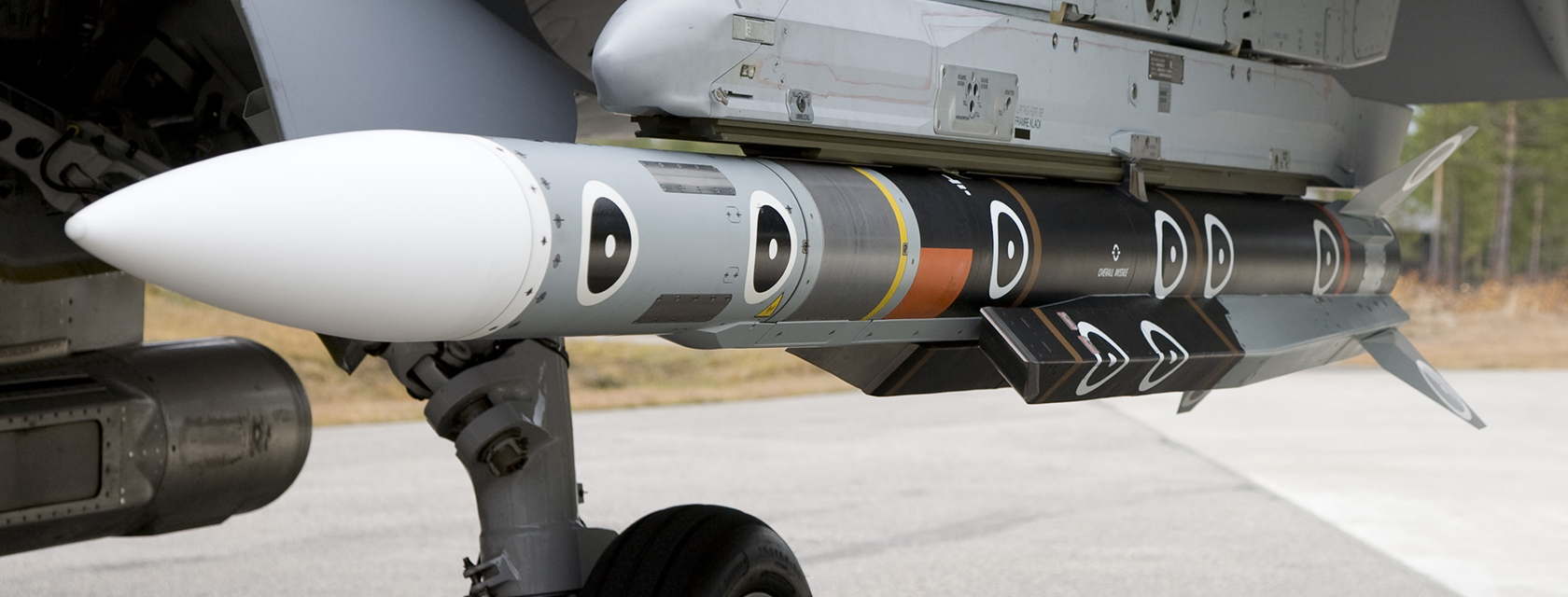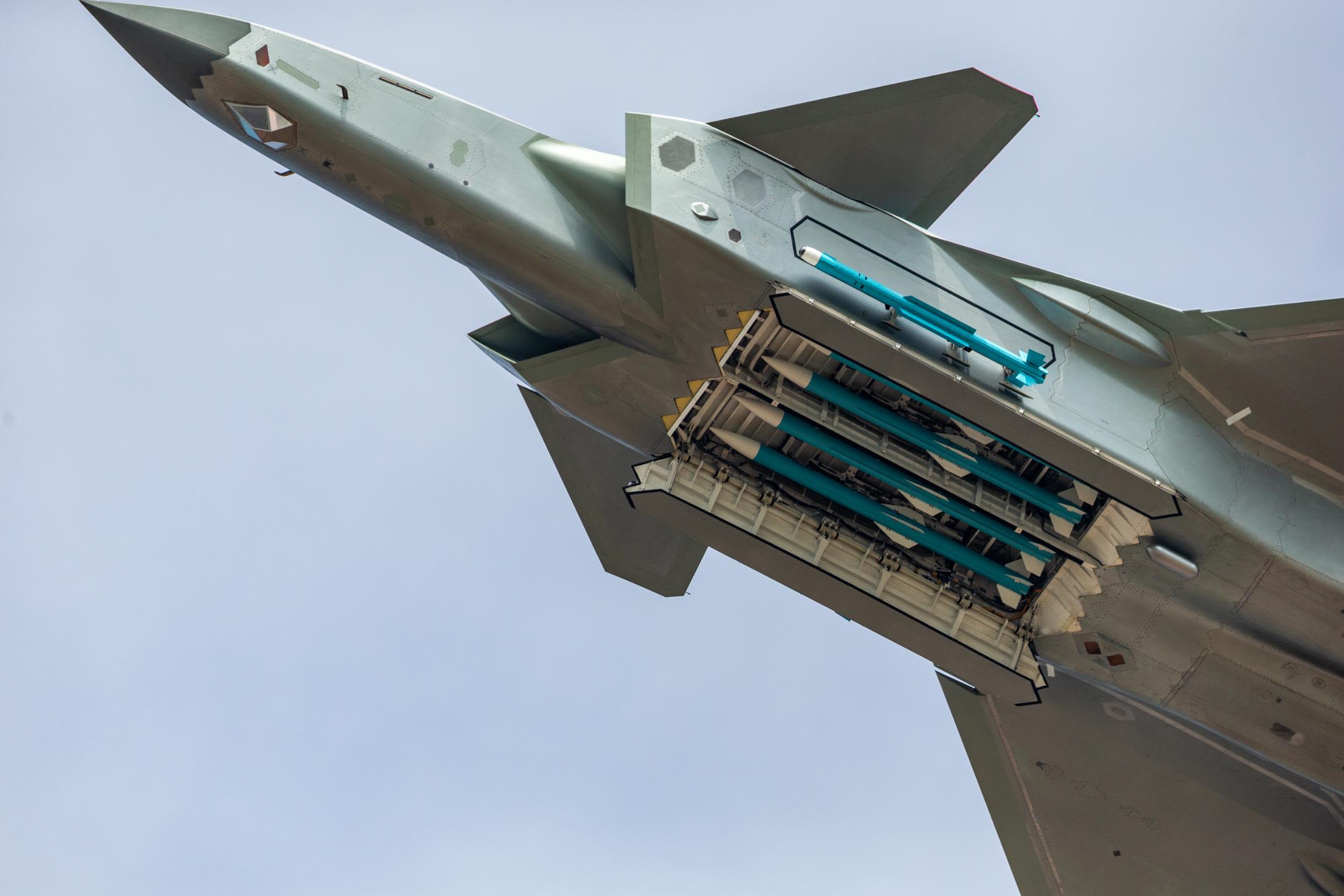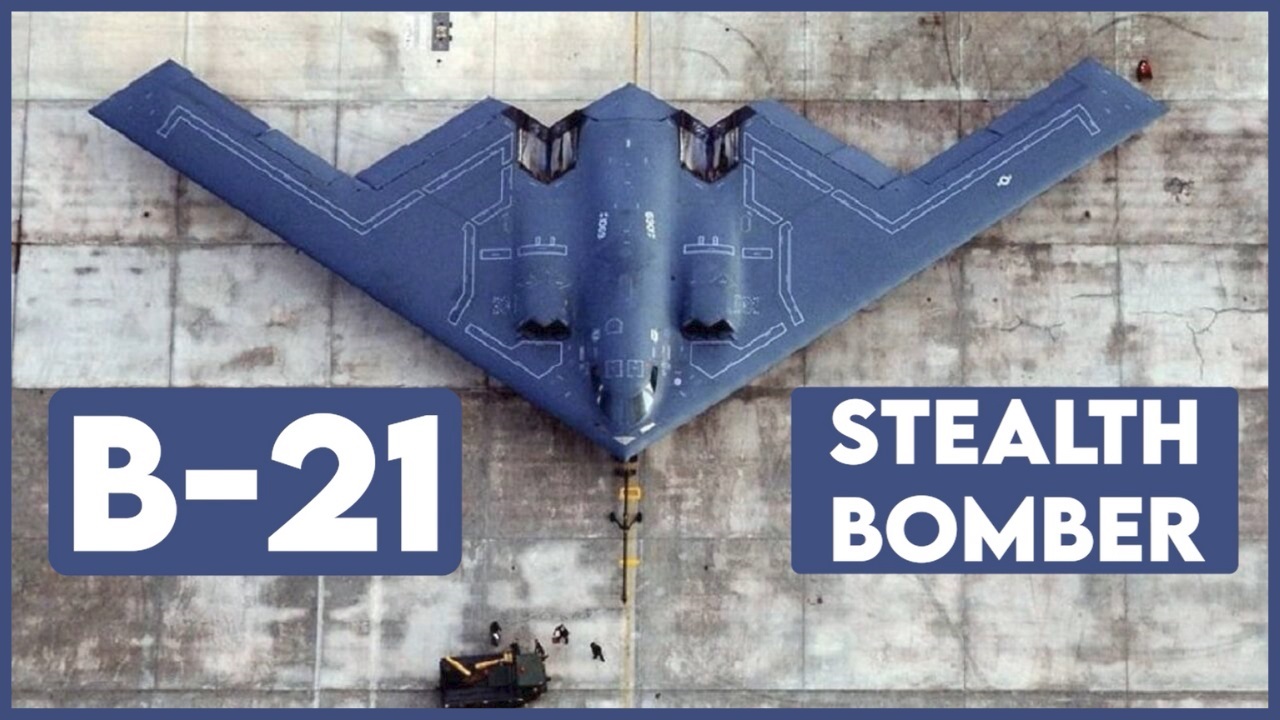A late last year US Department of Defence (DoD) report highlighted the Chinese military’s continued expansion of its reach around the globe, building up strategic and tactical capabilities, especially its missile programs.
The People’s Liberation Army (PLA) is developing very long-range air-to-air missiles (VLRAAM) that can strike targets from far distances.
The Chinese PL-15 missile is often compared with the American AIM-120 AMRAAM. The report indicated that China already has the PL-17 VLRAAM and is working on a more advanced long-range missile, PL-XX or PL-21.
China was “exploring dual-mode guidance capabilities, which uses both active radar and infrared homing seekers that improve target-selection capabilities and make the missiles more resistant to countermeasures.”
In addition to the missiles, China plans to upgrade the fifth-generation J-20 fighter, develop the H-20 stealth bomber, which is projected to have both nuclear and conventional roles, field the new Y-20U tanker, and work on the Y-20 AEW&C variant.
The report concludes that the PLA Air Force (PLAAF) “is rapidly catching up to Western air forces.”
The Air-To-Air Missile Race
The AAMs are pushing the performance and payload envelope. Both the US and China are driving the quality, speed, and range of the AAMs. Also, the ability for stealthy platforms to carry more internally is important. Notwithstanding the fact that loitering munitions and hypersonic glide vehicles are snatching the headlines, AAMs will, in many cases, decide the victor.
After all, “one who controls the aerospace controls the planet.”
Beijing is getting all set to induct VLRAAMs into service. The United States, too, is moving in tandem to take on the Chinese challenge and is also assessing how to increase the number of F-35 Lightning II combat aircraft in the internal bays.
The latest 5th-generation AAMs would have greater range and be able to identify smaller, low-flying targets such as UAVs. They will also keep the adversary’s large platforms at farther distances.
The Chinese PL-17 is being touted as having a range of around 400 kilometers. It achieves this distance using a dual-pulse solid rocket motor combined with a lofted trajectory. It is meant to take on high-value targets such as AEW&C and FRA.
Initial But Still Relevant Chinese AAMs
The PL-7 is the Chinese version of the French Magic R.550 short-range, infrared-homing missile. The PL-8 has evolved from the Israeli Python-3. It has a 20 Km range and an 11 kg warhead.
The experience gained from PL-8/Python-3 helped China develop its next missile, the PL-9, which has a 22 km range and better maneuverability. The PL-10 is an advanced short-range, infrared-homing AAM with a thrust-vectoring solid-propellant rocket.
The guidance system is multi-element imaging infrared. The operational range is 20 km, but the Chinese claim that the PL-10 provides comparable performance to European ASRAAM and IRIS-T missiles while offering superior kinematic performances than AIM-9X.
The PL-12 is an active radar-guided beyond-visual-range (BVR) AAM claimed to be comparable to the US AIM-120 AMRAAM and the Russian R-77. Vympel NPO and Agat of Russia assisted in its development. Launch platforms include JH-7, J-8F, J-10, J-11B, J-15, CAC/PAC JF-17, and FTC-2000G.
The domestic version has a range of 60 to 100 km. The export version PL-12E, with a range of 70 km, has been sold with JF-17 to Pakistan and Myanmar.
PL-15 & PL-16
The PL-15 is an active radar-guided long-range AAM in PLAAF service. It uses a dual pulsed solid-propellant rocket and has an AESA radar. It combines speed with maneuverability. The claimed operational range is 200 – 300 km.
The missile is cleared on J-20, J-10C, J-15, J-16, J-11B, and JF-17 Block-III. Chengdu J-20 stealth fighter can carry four PL-15s in its internal bay.
The export variant PL-15E has been sold to Pakistan. It has a range of 145 km and is currently on Pakistan Air Force (PAF) Chengdu J-10CE aircraft. The JF-17 Block III has an active electronically scanned array (AESA) radar. Both PLAAF and PAF are introducing twin-rack missile launchers to enhance aircraft combat capability.
The PL-16 performs the same as the PL-15, but its compact design and foldable fins allow six missiles into the J-20 internal bay.

The Formidable PL-17 AAM
The PL-17 is an active radar-guided, very long-range AAM (VLRAAM) with a claimed range of 400 km. It is intended to take on larger targets such as Flight Refueller Aircraft (FRA) and AEW&C aircraft. That’s more than double the maximum range of the U.S. military’s current longest-range air-to-air weapon, the AIM-120D.
The PL-17 pictures showing a very large missile carried by Shenyang J-16 Flanker are doing the rounds on social media. In October 2022, Chinese state media reported that the PL-17 entered PLAAF service.
It is widely considered a successor to the PL-12. The PL-17 appears comparable to Russia’s R-37M VLRAAM-class missile, which is also known to have a similar range and has been used in combat with some successes over Ukraine.
The missile is likely to be launched at targets that their plane’s own sensors can’t even detect. During the flight, PL-17 would rely on inertial guidance, satellite navigation, and data-link to track targets.
The missile’s flight profile is at high altitudes, using thinner air to gain distance. It follows a steep downward vector during the terminal phase, which may also keep it outside the vertical detection arc of the missile approach warning systems (MAWS) on some aircraft. Also, in the terminal phase, the missile would turn on its multimode seeker with both active AESA radar and IR-homing to track the target autonomously.
A passive sensor may also be designed to detect radar emissions from aircraft such as the Boeing E-3D or E-7A Wedgetail AEW&C platforms from a considerable range. The active seeker would be used for terminal guidance. The PL-17 may also receive target-location updates from off-board sensors for much of the missile flight, making it difficult for the aircraft under attack to know that it is being targeted.
Being a large missile (6m long), it can carry much more solid fuel and be employed only on larger aircraft such as J-16, Su-30MKK, and Su-35 fighters. The length makes the missile unfit for the internal weapons bay of the J-20. The missile features a low-drag profile, and maneuverability is provided by four small control fins and thrust-vectoring engines.
There is a saying that China’s next-gen long-range AAM PL-17, with unprecedented range, could decide the outcome of the Taiwan war. The missile will enhance the PLAAF’s fighting power while reflecting a broader shift in China’s global air warfare posture.
PL-21
The PL-21 is an active AESA radar-guided VLRAAM considered to be comparable to the American AIM-260 JATM and the Russian R-37M. PL-21 seems an advanced but smaller variant of PL-17.
It is estimated to have a range of 300-400 km. It’s distinguished by a throttle-able ramjet motor that allows for acceleration late in flight, making it a bigger threat to agile fighters than the PL-17.
It is simpler and slimmer and uses a dual-pulse rocket motor. The launch platform would be J-20, J-31, and Shenyang J-16.
BVRAAM Implications For The US
Since the Gulf War, China has prioritized matching US capabilities. China’s military doctrine emphasizes the use of air power for maritime defense, particularly in nearby areas such as the South China Sea. While it lags behind in fighter aircraft, it has pushed ahead in AAMs. The US does have stealth and sensor advantages.
China’s missile program has pushed the US to pursue an upgrade of its AAM capabilities. The primary US BVRAAM remains the AIM-120, though it has gone through numerous upgrades.
The MBDA Meteor remains arguably the most capable AAM currently in service on Western combat aircraft. Unlike the solid-propellant motor used by the AIM-120, Meteor uses a rocket-ramjet combination.

The Meteor’s ramjet sustained keeps the missile powered potentially throughout its flight, including in the terminal phase of engaging a target aircraft. Raytheon claimed it had in test the longest-range variant yet of its AIM-120 family, the AIM-120D3.
The AIM-120D3 range extension is provided by trajectory shaping rather than by any solid motor modification. This development is being driven, at least in part, by the PL-15’s performance.
Currently, the F-35 can carry 4xAIM-120 internally. The US ‘Sidekick’ program is meant to increase it to six AIM-120s on the US Air Force (USAF) F-35A and the US Navy’s (USN) F-35C.
The US is also working on the Lockheed Martin AIM-260 Joint Advanced Tactical Missile, which will eventually replace the AIM-120. It will use inertial guidance, two-way data link, and active radar homing.
The 200 km range missile will enter service in 2024. It will be carried on the F-22 Raptor, F/A-18E/F Super Hornet, F-35 Lightning II, and F-15EX Eagle II. It is also expected to arm the USAF’s upcoming unmanned Collaborative Combat Aircraft.
The AIM-260 program differs from the Long-Range Engagement Weapon (LREW) being developed by Raytheon. It is a USAF’s concept for a next-generation VLRAAM. It will be large. Current indications are that the LREW is too big to fit in the F-22 or F-35 internal weapons bay and is suited for the F-15EX Eagle II or B-21 Raider. More details have still to emerge.
Fifth-generation stealth fighters wouldn’t be visible until they are less than 40 km away. The Russian Irbis-E passive phased array radar used on Su-35 fighters, though very powerful with a reported max detection range of 400 km, lacks many of the advantages of the AESA-class radars.
The Chinese plan to use the KJ-2000 AEW&C and ground-based, over-the-horizon radar data to detect and later target adversary platforms using VLRAAM missiles. Forming kill chains rapidly over hundreds of kilometers has its own technical and procedural challenges.
The complex BVRAAM dynamics between the US, Russia, and China are still evolving. Since the US has a global presence and reach, it is much more important for China to have long-range missiles to thwart the US from coming closer to its mainland from the Pacific bases. Loss of an FRA or AEW&C could have serious implications for all other aircraft in the mission.
The US has also to factor in a possible air war between China and Japan. Japan has four E-767 AWACS, and 16 E-2 Hawkeye AEW&C. PLAAF missiles threaten Japan’s AWACS aircraft.
Without AWACS planes, the Japanese military would be seriously handicapped. Similarly, the US FRA and AWACS are crucial to their power projection. China now has the ballistic and cruise missile capacity to attack US aircraft and airbases such as Guam and Okinawa.
The PL-17 armed fighters can force US FRA to operate at least 1,200 kilometers away from China’s coast, which could result in its fighter escorts not having enough fuel to stay on station.

Chinese Proposed Long-Range SAMs
China already has six batteries of the 400 km-range Russian S-400 SAM system, giving it multi-layered air defence. China’s interest in the 600 km-range Russian S-500 SAM system is not in the open domain.
In September 2021, Russian Deputy Prime Minister Yury Borisov said that India could be a prospective and probably the first S-500 customer.
However, Chinese scientists have been planning a SAM system with a 2,000 km kill range. The weapon is meant to shoot down American AEW&C and bombers from unprecedented distances to prevent them from intervening in possible regional conflicts. This has been revealed in a peer-reviewed paper published by the Chinese language Journal of Graphics.
The PLA’s specifications for the weapon included low production costs, a maximum length of 10 meters, and a weight of fewer than 4 tons to make it suitable for vehicle-mounted mobile launch.
The actual missile is apparently just 8 meters long and weighs 2.5 tons. A solid rocket motor will allow vertical launch. A ramjet engine will then propel the missile in the upper atmosphere. It may be similar to the Feitian-1 hypersonic vehicle, which has a similar two-stage propulsion system.
Chinese scientists said that real-time data from reconnaissance satellites will initially guide the missile before it switches to its own sensors in the final approach.

China will also use satellites to track the stealth American bombers B-2 and B-21, which are part of its “anti-access/area denial” (A2/AD) capabilities. China wants to prevent the USAF from using the 1600 km-range AGM-183A Air-Launched Rapid Response Weapon to strike ground targets.
India – Pakistan AAM Dynamics
India had a BVR advantage over Pakistan until 2010, with Matra Super-530D and Russian R-27 covering close to 100 km. In 2010, Pakistan got AIM-120C-5 AMRAAM missiles as part of F-16C/D Block 50/52+ and F-16A/B Block 15 MLU. They have a range of 105 km. Thus, in 2019’s air engagement with the PAF F-16s, the IAF SU-30MKI had to follow defensive missile tactics.
IAF got 250 MBDA Meteor missiles with Rafale. It has an operational range of up to 120 km and currently has the largest No-escape Zone (NEZ) among all AAMs. Meanwhile PAF has received the PL-15E (140 km) with JF-17 Block III and J-10CE.
India’s already operational Astra Mk-1 has a range of 110 km. Astra Mk-2 under trails will have a 160 km range. And under development Astra Mk-3 will have a range of 350 km. India is looking at acquiring the Russian R-37M (3-400 km).
Way Ahead
Very long-range AAMs are most critical for air superiority and for air denial. They, along with long-range SAMs, are critical for A2/AD. Such weapons will increasingly require space-based sensors or long-range ground radars to track and navigate.
They will require secure communications. They will have to operate in a much-contested environment and hit targets despite strong jamming and other countermeasures. Surely they will have cutting-edge technologies and be expensive. Sensor fusion data analysis using AI and machine learning to maintain information and decision advantage will be crucial in defeating the VLRAAM.
India will have to be ahead of the VLRAAM loop as far as Pakistan is concerned. Also, it cannot get too left behind China. We need to invest in technology. Partnerships with Israel and Russia will help. Astra variants and LRSAM development must be pushed.
- Air Marshal Anil Chopra (Retired) is an Indian Air Force veteran fighter test pilot and is the former Director-General of the Center for Air Power Studies in New Delhi. He has been decorated with gallantry and distinguished service medals while serving in the IAF for 40 years. He tweets @Chopsyturvey
- Follow EurAsian Times on Google News




